CRA’s Distinct Approach to Transfer Pricing: Balancing BEPS Alignment with Rigorous Compliance
- Posted by admin
- On February 26, 2025
- 0 Comments
- Rajesh Khairajani
Canada’s transfer pricing (TP) landscape is characterized by rigorous enforcement and a steadfast commitment to international standards. The Canada Revenue Agency (CRA) plays a pivotal role in ensuring that cross-border intercompany transactions adhere to the arm’s length principle, aligning closely with the Organisation for Economic Co-operation and Development (OECD) guidelines.
CRA’s Perspective on Transfer Pricing
Under Section 247 of the Income Tax Act (ITA), the CRA mandates that transactions between related parties across borders must reflect comparable terms and conditions between independent entities. This approach ensures that profits are appropriately allocated and taxed within Canada, preventing base erosion and profit shifting. The CRA provides detailed guidance through transfer pricing memoranda (TPMs) and information circulars, which, while not legally binding, offer valuable insights into the agency’s administrative policies and expectations.
Alignment with BEPS Initiatives
Canada’s transfer pricing regulations incorporate several principles from the OECD’s Base Erosion and Profit Shifting (BEPS) framework, particularly in documentation requirements and risk assessment. However, the CRA applies its own interpretation and enforcement mechanisms, which can create additional compliance burdens for businesses.
Challenges for Multinational Enterprises (MNEs) Under CRA’s Approach
Even multinational enterprises (MNEs) that rigorously follow OECD transfer pricing guidelines can face challenges when dealing with the CRA. The agency applies a unique interpretation of compliance that often leads to greater scrutiny, recharacterization of transactions, and more aggressive enforcement. The following table highlights key differences:
Area |
OECD Approach |
CRA’s Interpretation and Challenges for MNEs |
| Documentation Requirements | Master File, Local File, and CbC reporting for large MNEs | No formal Master or Local File requirement, but CRA mandates contemporaneous documentation with extensive details, increasing compliance burden. |
| Functional Analysis | Requires a functional analysis to map value creation across the supply chain—identifying functions, assets, and risks. | Goes beyond risk-bearing to assess who controls risk and holds decision-making authority, ensuring alignment between economic reality and legal ownership |
| Economic Analysis | Endorses multiple methods but encourages selecting the most appropriate one based on facts and circumstances. | While no method is mandated, the CRA favors traditional methods (CUP, resale price, cost-plus) over profit-based approaches (profit-split, TNMM). Comparability and data reliability take precedence in selecting the best method. |
| Economic Substance vs. Legal Form | Emphasis on legal contracts and economic substance | CRA prioritizes economic substance over legal agreements, potentially recharacterizing transactions that do not align with business reality. |
| Benchmarking & Comparables | Allows for multiyear comparables to smooth out economic fluctuations. | Requires current-year comparables and prefers local comparables over regional/global ones. Avoids statistical tools like interquartile ranges, instead considering the full range of results. |
| Penalties for Non-Compliance | Varies by jurisdiction; penalties typically imposed on misreporting | CRA imposes strict penalties, including a 10% levy on net transfer pricing adjustments if reasonable efforts are not demonstrated. |
| Advance Pricing Agreements (APAs) | Encouraged as a mechanism to mitigate risks | CRA has a more selective approach to APAs, leading to fewer preemptive agreements and more reliance on audits. |
| Recharacterization of Transactions | Rare, unless transactions deviate significantly from arm’s length terms | CRA frequently disregards transactions it deems artificial and can impose alternative pricing methodologies, creating unpredictability for MNEs. |
| Risk-Based Audit Selection | Primarily based on country-specific risk factors. | CRA uses enhanced analytics and industry benchmarks to aggressively audit high-risk taxpayers, leading to greater scrutiny for MNEs. |
Even well-prepared businesses can come under CRA scrutiny due to its risk-based audit approach. Certain transaction types, industries, and inconsistencies are more likely to raise red flags. Key audit triggers include:
- Inconsistent Documentation – Discrepancies across T106, T1134, financial statements, and customs filings.
- Profit Mismatches – Canadian entities reporting losses while related foreign entities show high profits.
- Intercompany Services & Fees – Unsupported allocations or high markups on low-value services.
- Related-Party Financing – Non-arm’s-length interest rates and thin capitalization issues.
- IP Transactions – Royalties or payments to low-tax jurisdictions without economic justification.
- Business Restructuring – Transactions that reduce Canada’s tax base without proper compensation.
- Low-Tax Jurisdictions – Allocating profits to entities with little substance or economic activity.
- Failure to Adjust TP Proactively – Not making corrections before tax filings can lead to penalties.
- Industry & Audit Risk – Sectors like tech, pharma, and resources face heightened scrutiny; past non-compliance increases audit likelihood.
Consequences of Non-Compliance
Non-compliance with Canada’s transfer pricing regulations can lead to substantial financial repercussions. A penalty may be imposed if the CRA determines that a taxpayer has not made reasonable efforts to establish and use arm’s length transfer prices. This penalty is calculated as 10% of the net adjustment amount, which is the total of transfer pricing income and capital adjustments minus any adjustments for which reasonable efforts were made. The penalty applies if the net adjustment exceeds the lesser of CAD 5 million or 10% of the taxpayer’s gross revenue.
In addition to financial penalties, failure to maintain adequate contemporaneous documentation can trigger increased scrutiny from the CRA, leading to prolonged audits and potential adjustments. Taxpayers are also required to file specific forms, such as the T106 Information Return, when total transactions with all non-resident-related parties exceed CAD 1 million in a taxation year. Late filing or inaccuracies in these forms can result in penalties ranging from CAD 100 to CAD 24,000 per slip, depending on the nature and duration of the non-compliance.
Conclusion
The CRA’s stringent approach to transfer pricing underscores the importance of diligent compliance for businesses engaged in cross-border intercompany transactions. By aligning with OECD guidelines and maintaining robust documentation, taxpayers can mitigate the risks of audits and penalties, ensuring that their transfer pricing practices withstand regulatory scrutiny.











0 Comments